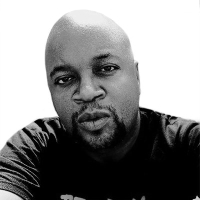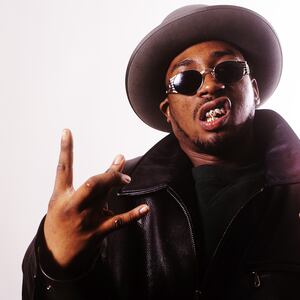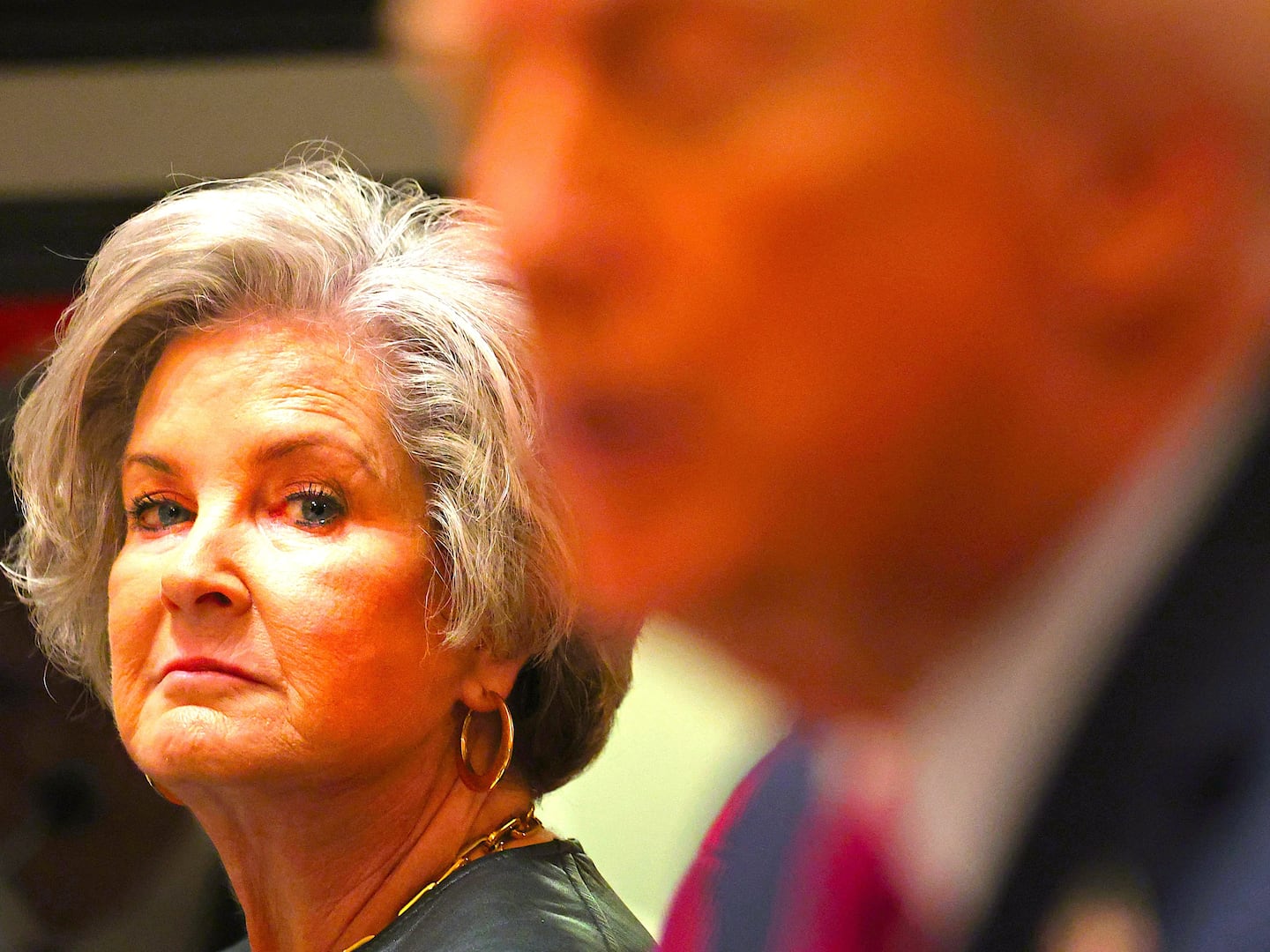RZA. GZA. Ol’ Dirty Bastard. Inspectah Deck. Raekwon the Chef. U-God. Cappadonna. Ghostface Killah. Masta Killa. Method Man.
Wu-Tang Clan is a global rap phenomenon that still captures the imagination of fans all over the world 25 years after the crew from Shaolin released their masterpiece of a debut, Enter the Wu-Tang (36 Chambers). In the decades since that album dropped, the Clan has endured triumph and tragedy, Hollywood and high art to remain one of the most fascinatingly original acts in the history of hip-hop. An obsession with kung-fu imagery, an understanding of the Nation of Gods and Earths’ supreme mathematics, and a never-wavering belief in what they were doing made the Clan heroes to a generation of fans.
The ten-man crew would drop like a bomb on New York City’s hip-hop scene, redirecting East Coast hardcore rap.
The well-documented early ‘90s rise of the West Coast shifted mainstream hip-hop visibility away from New York City for the first time since the sound of the South Bronx came bursting out of the northernmost borough back in the late-‘70s. Dr. Dre, Snoop (then-Doggy) Dogg, Ice Cube and 2Pac were suddenly the biggest rappers in the game, as G-funk and all of its derivatives put “gangsta rap” on Top-40 radio. The East Coast responded with its own brand of gritty hardcore rap, but despite the commercial success of acts like Onyx and Das EFX, as well as more moderate wins for artists like Black Moon and Redman, there hadn’t been a New York City-based “movement” that rivaled the scope of what Death Row, in particular, had been doing throughout 1993. That one such movement would rise out of Staten Island, of all places, was entirely unexpected.
Before the rise of the Wu, the only Staten Island rap acts that had enjoyed anything resembling industry success were Finesse & Synquis, a Salt-N-Pepa-esque duo on MCA/Uptown Records in the late-‘80s, and the quirky UMCs, who had a moderate hit in 1991 with the single “Blue Cheese” from their debut Fruits of Nature. But it was a collective of street-focused emcees and their outside-the-box producer that would really put the island on the hip-hop map. But Staten’s most famous rap export had origins in a different borough. Cousins Gary Grice and Russell Jones were rapping together as teenagers in Brooklyn.
“The first time I ever went into the studio was with Dirty back in 1984 or ‘83 and we recorded a track called True Fresh MC,’” Grice aka GZA told Riot Sound in 2016. “We had many routines, we battled many people together and we wrote many rhymes together and I know him and I knew that I could write for him.”
Their cousin Robert Diggs joined them in a trio called Force of the Imperial Master, but very little came of the group initially. Things changed when Robert began taking music more seriously. Prince Rakeem, as RZA had been known, released his little-heard debut EP Ooh I Love You Rakeem on Tommy Boy in 1991. Grice signed a deal with Cold Chillin’ as The Genius, and dropped his own Mind of a Genius album that same year. But after neither aspiring rapper achieved much success, they decided to reconnect and refocus.
They brought together a ragtag group of rappers from around Staten Island and set about the business of bum-rushing the music industry.
Rakeem would borrow extra equipment from the UMCs but it was an established rap production legend who motivated him to a step further. RZA later explained how hitmaker Easy Moe Bee pushed him to higher heights as a burgeoning producer. “I was about 18 years old and I was at Easy Mo Bee’s house. He was working on the GZA’s first album and he had an SP-1200. I had never seen that in my life.”
“I didn’t have that SP-1200, which was the best thing you could ever get. It took maybe a year and a half until I finally got a hold of one. So I was about 19 when I got my first SP-1200 and on that SP-1200 I made ‘Bring The Pain’ and a few other classic Wu joints.”
By 1992, RZA’s early trademarks were fully formed. His murky production was dark and off-kilter—not yet as cinematic as it would become on subsequent Wu-related releases in the mid-‘90s. On the Clan’s debut, RZA is still in a sinister, lo-fi sound that, while informed by contemporary sounds from the likes of Da Beatminerz and Diamond D, evoked a heavy minimalism that was unlike anything else his peers were doing.
“Protect Ya Neck” changed everything. Over a sample of The J.B.’s “The Grunt,” the Wu-Tang Clan steps to the fore on their first single. They scraped together $300 to record the seminal track at Firehouse Studios and the song was released independently on Wu-Tang Records in 1992. The song made them the most talked-about new act in New York City’s underground and announced a new brand of hardcore.
“It wasn’t no order,” Rae would recall to Complex in 2011. “When you hear us say we ‘witty and unpredictable’ it’s for reasons like that. Only because, we understand RZA’s a beat maker, but at the same time RZA is a composer, so he was just playing with things and trying different things. So that was really scrambled together as a record. Like, probably the only one that was there with him helping him co-produce at the time was Dirty if I’m not mistaken, ‘cause Dirty had a lot to do with the production back then off the first album.”
The success of “Protect Ya Neck” led to a signing with Loud Records, and the group set to work on their debut. Wu-Tang Clan would come to epitomize a no-frills, lyricism-focused rebirth for New York City, and their lifestyle on Staten Island (rechristened “Shaolin” by the group) was reflected in their art. Recording “Bring Da Ruckus” in an elevator shaft, Ghostface Killah stealing canned goods to feed the group during marathon recording sessions, packing their gigantic crew into a tiny house on Morningstar Road—it all embodied something that was unapologetically raw, a hallmark for the early Wu.
The swirling intro and “Tiger style” proclamations (sampled from Executioners from Shoalin) announce “Wu-Tang Clan Ain’t Nuthin ta Fuck Wit,” a track that made the group’s ethos plain: focused aggression and rabble rousing that served as a call to arms for a crew ready to take over the world. And the moody perfection of “C.R.E.A.M.” was perfect for radio. It was a song that found life beyond the cold streets of New York City; the song was released as a single in 1994, and would eventually go gold. The Jimmy Spicer-referencing “Cash Rules Everything Around Me” hook would become an anthem, and a showcase for Wu members Inspectah Deck and Raekwon.
Rae would say of his first big breakout moment on “C.R.E.A.M.”: “This song, I remember writing to the beat a long time ago before we actually came out. That beat is old. That was probably like a ‘89 beat. RZA had it that long because he had a bunch of breaks. He had all kind of things and he was making beats back then, but we was just picking and that beat happened to always sit around and I would be like, ‘I want that beat, so don’t give that beat to nobody.’ And he kept his word and let me have it.”
And the Clan had a burgeoning superstar in Clifford Smith. Method Man would get his own showcase with a titular theme song, repurposing a Hall & Oates lyric and dropping raspy-voiced nursery-rhyme references en route to become the Wu’s first breakout star. “Shame on a Nigga” features a memorable sample of the punchy horns from Syl Johnson’s “Different Strokes,” and the Gladys Knight cover of “The Way We Were” forms the foundation of “Can It All Be Simple,” another mournful moment on Enter the Wu-Tang that also serves as a spotlight for both Raekwon and his vaunted partner-in-rhyme, Dennis Coles, aka Ghostface Killah.
Ghost had run with RZA for years but was initially cold on Raekwon. They’d come up among rival street crews and RZA had to play mediator (a meeting during which both men were allegedly armed and expecting beef) for them to even consider joining a group together. “Ghostface” was a name that came from the 1987 kung-fu flick Mystery of Chessboxing, and Wu’s ominous posse track of the same name would feature Ol’ Dirty Bastard’s classic “Ghost FACE Killaaaaaaaaah!” announcement of the soon-to-be-star.
“It’s the one with the old dude on the cover with a white beard,” Ghostface explained to Wax Poetics in 2015, regarding his cinematic inspiration. “People in [the movie] fronted on this character because he was out for revenge, but dude wasn’t really a master yet. They killed his family and shit. So he left for twenty years and came back and caught revenge on all of ’em. I loved it. The character’s name was the Ghost Faced Killer, so I took it as my identity.”
The success of Enter the Wu-Tang would set the stage for a wave of Wu-Tang-related releases over the next three years. Method Man, Ol’ Dirty Bastard, Raekwon, GZA and Ghostface would all release successful solo albums, and RZA’s horrorcore side project Gravediggaz would debut in 1994. The Clan had famously negotiated to have solo deals for members within the group, even as Wu remained signed to Loud as a group—and it paid off immediately. Wu-Tang Clan’s approach seemed like the most calculated takeover in industry history, and at the time, everyone believed it could succeed in spite of fame, money and rap-game egos.
"Aiight, it’s like this,” Method Man would explain in a 1994 interview with Hip-Hop Connection, near the release of his solo debut Tical. “We could go in the studio tomorrow, Rakeem could throw a beat on an’ shit, an’ I could go in there and write something, just bamm! And the shit’d be a hit. Somebody else would be writing something while I’m in there doin’ my shit, then they’d go an’ jump on it. We just recently did this in L.A., while I was working on my album. Ra wanted to try something, he threw this beat on, an’ everybody wrote something right then and there. An’ the shit’s a masterpiece! It’s gonna be on the next Wu album—just wait till you hear it! Shit is phat. When we did the Wu album it wasn’t like we came in with a plan—we just kicked rhymes over music. Some of the shit was already done. We used to rhyme at Rakeem’s house in a basement studio, so we knew how some of it was gonna go. But the other shit...we just came in and did the shit.”
No member of the crew seemed to represent both its grimy soul and unpredictable spirit better than Ol’ Dirty Bastard. With his youth in Brooklyn alongside GZA, and their having been in a trio with RZA as teens, ODB had literally been a part of the Wu since before it officially existed, and his 2004 death at the age of 35 left a void in the Wu-Tang Clan that has never been filled.
“There was never a dull or boring moment when ODB was around,” Masta Killa told NZ Entertainment in 2016. “I’ve seen him do amazing things, come out and lay down on the stage and take a nap in the middle of everybody else’s performance, then when his song comes on he wakes up and just starts going crazy, and the crowd loses it. I never saw anybody do that before. There was never a dull moment with my brother man, even with his words of wisdom. Him even telling me, ‘Killa, be free with your art, you’re too stiff let it go.’”
ODB’s passing means that Wu-Tang fans will never see the Clan as it once was, and the trials of getting so many personalities on the same page has only become tougher with time. But Wu-Tang Clan remains an institution in music—a hardcore rap crew that is also a pop-culture phenomenon. And it began with the release of Enter the Wu-Tang. That album wasn’t a huge pop smash in 1993—it inched its way to platinum over the course of two years—but it was a pronouncement of purpose. RZA and the crew had a plan, and they executed it to perfection. And in spite of any ups and downs, the world still knows exactly who and what Wu-Tang Clan is.
Nuthing ta fuck wit.







